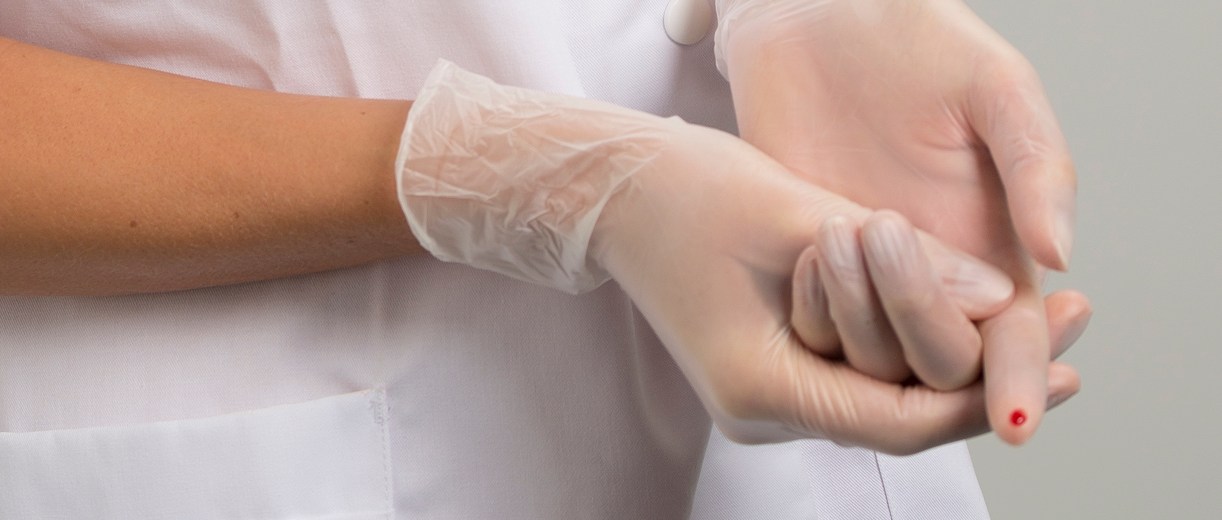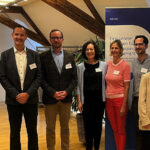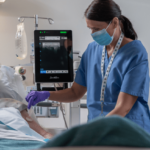A plunge into needlestick injuries in Belgium and the Netherlands
Each year, an estimated 1.2 million needlestick injuries (NSIs) occurred in Europe before the Covid pandemic.1
With a 22% increase from 2020 to 2021, NSIs are on the rise in our region.2
Focus on needlestick injuries in Belgium
With around 200 members, beMedTech is a federation of medical device manufacturers and distributors in Belgium.3
A survey of healthcare workers (HCWs) in Belgium was conducted on behalf of beMedTech between November 2019 and February 2020.4
An estimated 55% of Belgian nurses and medical laboratory technologists (MLTs) reported experiencing an NSI or sharps injury at least once during their careers.4
According to Marnix Denys, the Managing Director of beMedTech, “Nurses are under more pressure than ever.”2
The most common location where Belgian nurses experienced an NSI was in the patient’s room (35%).4
beMedTech estimates that 40–75% of NSIs and sharps injuries are not reported.2
According to the above survey, the top three reasons given for not reporting include:4
- Presumption of noninfectious patient
- Heavy workload
- Fear of reporting
More on this topic: Feeling down after a needlestick injury? You’re not alone
Use of safety devices in Belgium and the Netherlands
The use of safety devices varies greatly between these two countries.
In 2020, beMedTech asked its members about the use of safety devices in these two countries.5
Only 15% of injections involved safety needles in Belgium, compared with 45.5% in the Netherlands.2
When it comes to blood collection, only 11% of needles in Belgium are safety needles, compared with 86 percent in the Netherlands.2
Moving on to intravenous (IV) catheters, a little over half (55%) are safety catheters in Belgium, while 87% of them are in the Netherlands.2
The lack of safety devices is alarming considering the potential consequences of an NSI.
The results of this HCW survey are summarised in a position paper entitled “Preventing needlestick and sharps injuries in the healthcare sector.”
The paper was released in February 2022 by beMedTech’s Safety Working Group (of which BD is a member*).
After taking stock of the NSI and sharps injury situation in both countries, the position paper lays out recommendations for Belgian and Dutch healthcare facilities.
Five recommendations to ensure sharps safety in Belgium and the Netherlands2
- Improve reporting and monitoring
- Increase use of safety devices
- Allocate more safety budget to public healthcare facilities
- Provide training and awareness on NSIs and sharps injuries to HCWs
- Create a legally binding framework that is reinforced
More on this topic: Protecting healthcare workers from needlestick injuries – The effect of legislation
“A safe work environment is more important than ever, both for [nurses’] health and well-being and that of their patients. Together with our members, we are calling for a proactive safety policy,” concluded Marnix Denys.2
Click or tap on the link below to read the full position paper.
* BD provided financial support for the layout, but the position paper was written by beMedTech.
References
- IPSOS. SHARPS INJURIES & COVID: Research by Ipsos MORI on behalf of the European Biosafety Network. European Biosafety Network. Accessed August 9, 2023. https://www.europeanbiosafetynetwork.eu/wp-content/uploads/2021/06/Sharps-injuries-and-COVID-research-EBN.pdf#:~:text=The%20number%20of%20sharps%20injuries%20each%20year%20is,are%20known%20to%20have%20led%20to%20serious%20illness.
- Denys M. Le nombre de blessures par piqûre d’aiguille dans le secteur de la santé augmente de plus d’un quart de million en Europe [press release]. beMedTech. Published May 11, 2023. Accessed July 17, 2023. https://bemedtech.be/fr/actualite/communiques-de-presse/campagne-safety-pour-les-prestataires-de-soins-de-sant-et-les-institutions-belges/
- Qui nous sommes. beMedTech. Published 2023. Accessed July 19, 2023. https://bemedtech.be/fr/a-propos-de-bemedtech/qui-nous-sommes/la-federation
- Hendrickx J. Résultats d’une Enquête Sur Les Accidents Par Piqûre Auprès Du Personnel Infirmier et Des Technologues de Laboratoire Médical. KU Leuven; 2020. Accessed July 17, 2023. https://www.bemedtech.be/images/downloads/20_06_12_Paper_Prikongevallen-_FR.pdf
- Prévalence des accidents par piqûre et par coupure. SAFETYmedical. Published 2023. Accessed August 9, 2023. https://www.safetymedproducts.be/fr/safety-en-belgique/informations-et-chiffres-cleshttps://www.safetymedproducts.be/fr/safety-en-belgique/informations-et-chiffres-cles
This list of references to third-party peer-reviewed material and the sites they are hosted on are provided for your reference and convenience only, and do not imply any review or endorsement of the material or any association with their operators. The Third-Party References (and the Web sites to which they link) may contain information that is inaccurate, incomplete, or outdated. Your access and use of the Third Party Sites (and any Web sites to which they link) is solely at your own risk.




